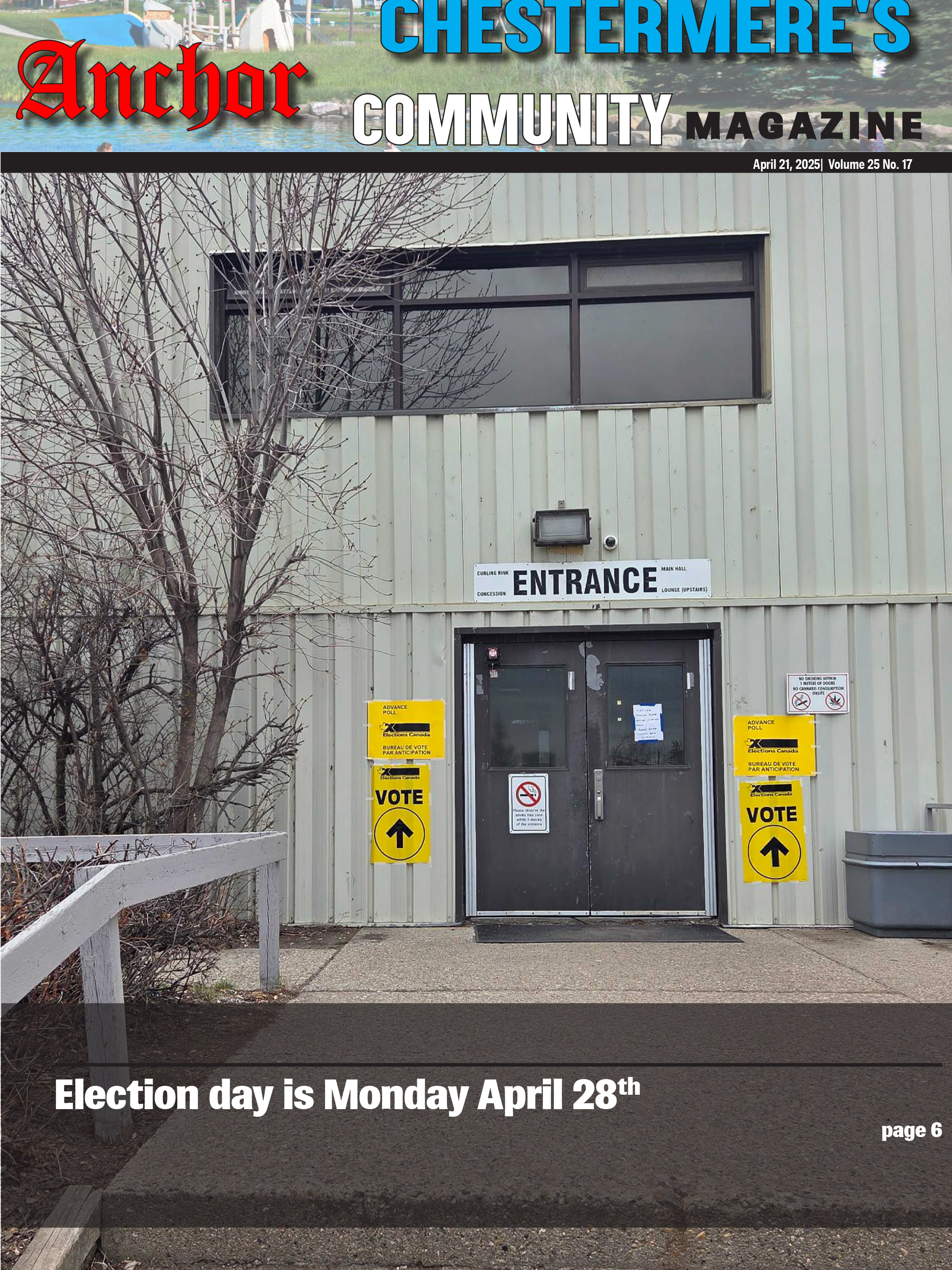An ongoing national crisis exposes Indigenous women, girls and two-spirit-plus persons to unacceptable risk, members from both sides of the house emphasized before their Alberta legislature colleagues on Red Dress Day.
Marked each year on May 5 to bring attention to murders and disappearances, Canada’s national Red Dress Day serves as a “solemn reminder and. . .a collective call to action,” said Jacqueline Lovely, the UCP member for Camrose.
“This powerful movement amplifies the voices of Indigenous families, survivors and advocates who continue to lead the fight for justice for this important cause,” Lovely said.
Added Jodi Calahoo Stonehouse, the member for Edmonton-Rutherford: “I wish I had the power to stop our sisters from being stolen and from going missing, to alleviate the pain that our families and our communities face. But for today we will pause. We will wear a red dress and put tobacco down and our prayers up, especially for those of our relatives who are yet to come home.”
Calahoo Stonehouse opened her comments by singing lines from the Women’s Warrior Song in Cree. The song originally came as a prayer during a sweat over three decades ago to Martina Pierre, a Lil’wat Nation elder.
Alberta is ranked among the top four provinces for alerts involving Indigenous women, girls and two-spirit-plus persons and the top two for discovered fatalities, said Calahoo Stonehouse, the NDP’s forestry and parks critic and a member of Michel First Nation.
Calahoo Stonehouse said that “complex reasons” entwine to make occurrences high in Alberta, including misogyny, health needs, a housing crisis, an epidemic of opioid use, ongoing colonialism impacts, and intolerance that “leans its bigoted weight on queer, trans and two-spirited loved ones.”
Lovely said a premier’s council, a road map of missing Indigenous women and girls, and other initiatives target the issue in Alberta.
“Alberta’s government is committed to real and meaningful change,” Lovely said. “We are taking meaningful action to address the ongoing crisis.”
Lovely concluded: “Real change is possible if we stand together, taking steps to end this crisis as we strive to build a future rooted in safety, dignity and respect for all.”
According to a 2014 RCMP report, about 1,200 Indigenous women went missing or were killed between 1980 and 2012. Other sources put the number at more like 4,000.
The Assembly of First Nations has said that 16 per cent of all female victims of homicide in Canada and 11 per cent of missing women are Indigenous, even though Indigenous persons make up about five per cent of the population.






